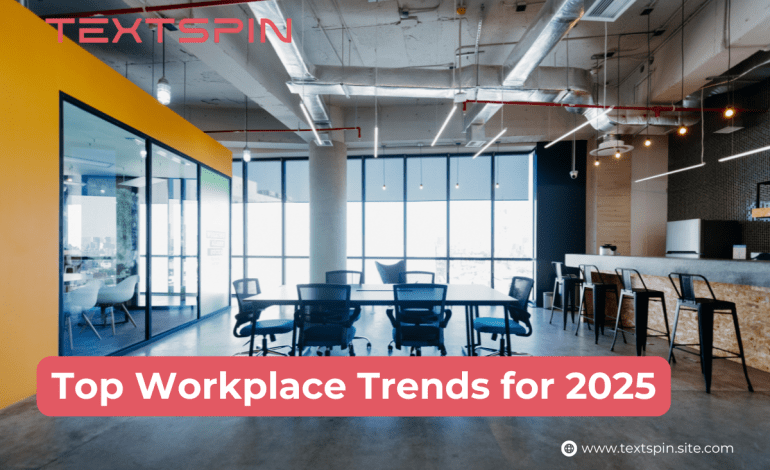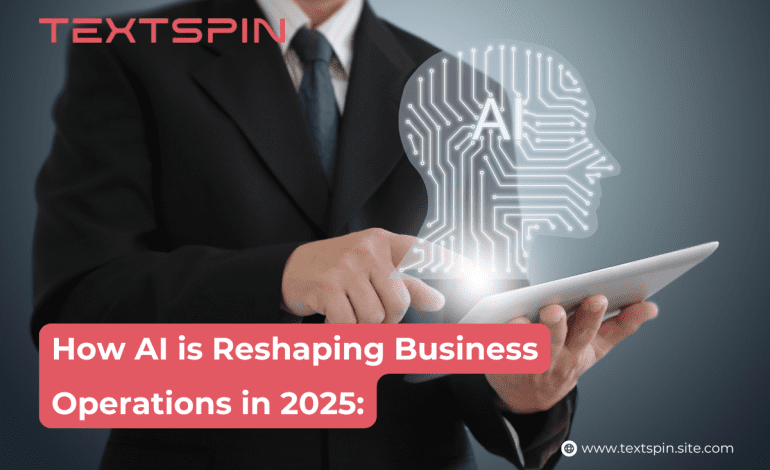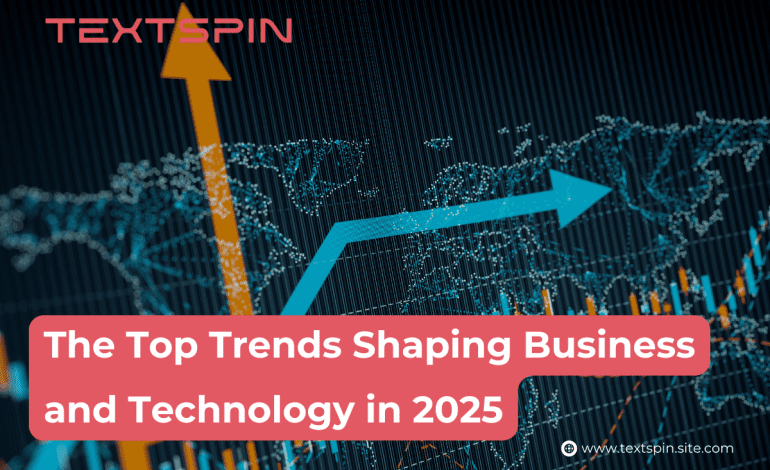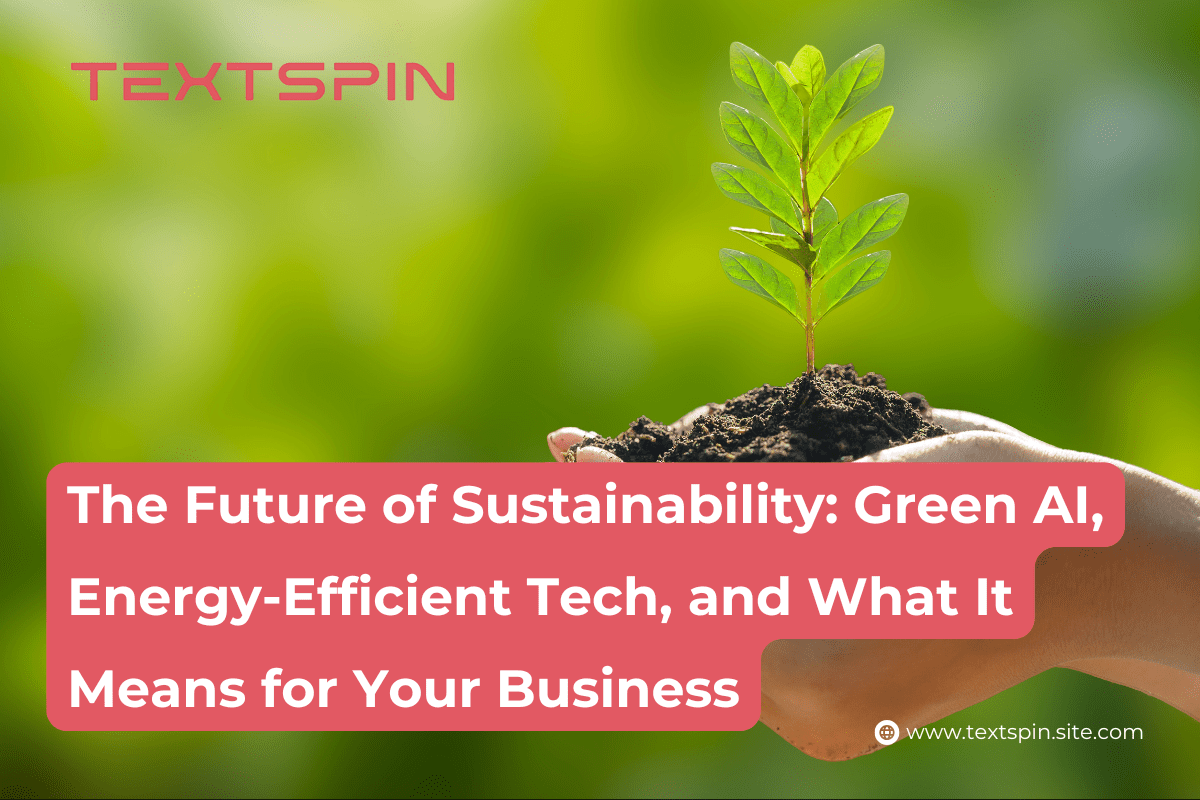
Top Workplace Trends for 2025
2025 is here, and the workplace is undergoing a seismic transformation. This isn’t just about fancy new gadgets or rebranding the same old policies; it’s about reshaping how we think about work itself. From tech-powered smart offices to the long-overdue recognition of skilled trades, the landscape is evolving to be more dynamic, inclusive, and human-centered.
As someone who’s worked closely with businesses big and small to navigate change, I see these trends not just as industry buzz but as real opportunities to create workplaces that thrive. Let’s explore what’s driving these shifts and how they’re setting the stage for a more innovative and resilient future.
Smart Offices: Where Technology Meets Purpose
Let’s talk about the smart office. For years, we’ve heard about the promise of tech-enhanced workplaces, but in 2025, it’s finally happening. Smart offices are no longer reserved for Silicon Valley giants—they’re becoming accessible, practical, and tailored to businesses of all sizes.
Picture this: lighting systems that adjust automatically based on the time of day, cutting down on energy use and boosting employee focus. Desks that nudge you to stretch or take a break when you’ve been hunched over too long. Meeting rooms that sync with digital calendars to eliminate double bookings.
A Real-World Example
Take a company like Siemens. Their Munich office features smart climate controls and energy-efficient designs that not only save money but also align with their sustainability goals. For smaller businesses, tools like Google Workspace or Slack integrations are helping teams collaborate seamlessly, no matter where they are.
Why It Matters:
A smart office isn’t just about cool gadgets—it’s about empowering people. By automating mundane tasks and creating environments that support well-being and productivity, businesses can focus on what really matters: innovation and impact.

The Skilled Trades Renaissance: Hands-On Expertise Takes Center Stage
While AI and automation grab headlines, 2025 is also witnessing a resurgence in skilled trades. Construction, renewable energy, and advanced manufacturing are seeing a boom in demand as infrastructure projects and sustainability initiatives take off.
What’s Driving This?
- Green Initiatives: Governments worldwide are pouring billions into renewable energy projects, from solar panel installations to energy-efficient building retrofits.
- Workforce Gaps: Many industries are struggling to replace retiring tradespeople, making the next generation of skilled workers more valuable than ever.
Example in Action
A Toronto-based company, Urban Green Builders, combines traditional construction with eco-friendly practices like installing rooftop gardens and passive heating systems. Their partnership with local trade schools ensures a steady stream of trained workers while fostering community engagement.
Why It Matters:
Skilled trades are the backbone of innovation in sectors like sustainability. Companies that invest in apprenticeships and workforce development programs are building more than structures—they’re building the future.
The Hybrid Workplace: Flexibility as a Standard
By now, the hybrid work model isn’t a trend—it’s the norm. Employees want the flexibility to work remotely without sacrificing opportunities for collaboration. Businesses are responding with creative solutions, blending the best of in-office and remote work.
The New Office Design
Gone are the days of endless rows of cubicles. Today’s offices feature modular workstations, soundproof pods for private calls, and open spaces designed for brainstorming sessions. For remote workers, virtual reality platforms like Spatial are making online meetings feel as immersive as in-person ones.
Challenges and Solutions:
One of the biggest hurdles in hybrid work is ensuring equity. Remote employees often feel disconnected or overlooked. Forward-thinking companies are addressing this by offering stipends for home office setups, hosting virtual team-building activities, and ensuring every voice is heard in decision-making processes.
Upskilling and Reskilling: Future-Proofing the Workforce
In 2025, change isn’t slowing down, and neither is the need for new skills. Upskilling and reskilling have moved from being “nice-to-haves” to absolute necessities.
What’s Happening?
- On-the-Job Learning: Companies are integrating learning platforms like Coursera or Degreed directly into their workflows.
- Mentorship Programs: Pairing experienced employees with new hires ensures knowledge transfer and builds camaraderie.
- AI-Assisted Training: AI tools analyze employee performance and recommend tailored learning paths, making professional development more efficient and impactful.
Why It Works
I recently worked with a mid-sized marketing firm struggling to adopt new digital tools. By implementing a structured reskilling program, they turned their team into tech-savvy pros in under six months—saving on recruitment costs and boosting morale.
Employee Well-Being: The Non-Negotiable Priority
If there’s one thing we’ve learned over the past few years, it’s that burnout isn’t sustainable—for individuals or organizations. In 2025, employee well-being isn’t just a perk; it’s a competitive advantage.
How Companies Are Prioritizing Well-Being
- Flexible Schedules: Encouraging employees to work when they’re most productive, whether that’s at 7 a.m. or 7 p.m.
- Mental Health Resources: From counseling services to meditation apps like Calm for Business, companies are stepping up.
- Office Design: Incorporating biophilic elements—think plants, natural light, and water features—to create calming, restorative spaces.
A Powerful Case Study
Adobe’s “Wellness Wednesdays” give employees a midweek mental health break. Combined with their robust wellness stipend, the initiative has led to higher job satisfaction and lower turnover rates.
Sustainability: A Business Imperative
In 2025, sustainability isn’t just about checking boxes—it’s about leading by example. Companies are integrating eco-friendly practices into every aspect of their operations, from energy use to supply chain management.
Key Practices to Watch
- Circular Economies: Businesses like Patagonia are championing repair and reuse programs.
- Green Certifications: Offices are adopting LEED and WELL standards to demonstrate their commitment to the environment and employee health.
- Employee Involvement: Teams are engaging in initiatives like tree-planting days or zero-waste challenges, creating a sense of shared purpose.
Conclusion: Adapting to Thrive in 2025
The workplace of 2025 isn’t just a physical space or a list of policies—it’s a mindset. It’s about creating environments that empower people, embrace innovation, and prioritize what really matters. Whether it’s smart technologies, a renewed focus on skilled trades, or the rising emphasis on sustainability and well-being, these trends point to a future where businesses can thrive by adapting to change.
As we navigate this new era, the question isn’t whether businesses will change, but how thoughtfully and effectively they’ll do so. The companies that succeed will be the ones that prioritize both their people and their purpose.
Let’s embrace the possibilities together. After all, the future of work is already here—and it’s smarter, greener, and more human than ever.
– Ben Bianchi





